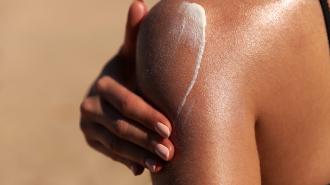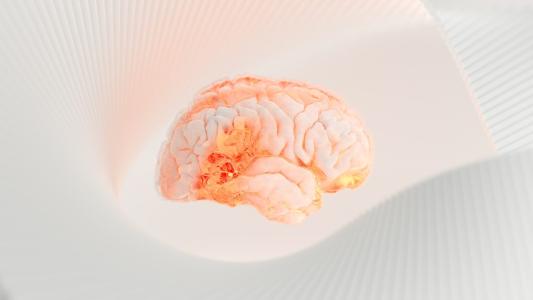An international team of researchers have taken one step closer to teasing out the underpinning of a ubiquitous molecule important to life: melanin.
While it’s long been known to provide pigmentation and protection from harmful UV rays, the chemical structure of melanin has remained remarkably elusive. The compound is “notoriously unstable and difficult to study,” researchers from Montréal’s McGill University explain in a statement.
But the McGill team, working with researchers from Ohio State and Spain’s University of Girona, believes they’ve found a big piece of the answer, isolating one of the key molecules in melanin’s large, complex structure — and it may be the one responsible for its sun protection properties, which convert UV radiation to heat.
“Melanin is literally as plain as the nose on our face and we still don’t know exactly what it’s made of and how it works,” said Ohio State’s Bern Kohler, a professor of chemistry and biochemistry and a study senior author.
Melanin provides UV protection and skin pigmentation.
Believed to be a complex compound with many moving parts, the researchers’ goal is understanding “what are melanin’s underlying chemical units and what are the interactions that give rise to its properties?” Kohler said.
Finding that out could unlock numerous ways to harness those special properties, from the obvious — like better sun protection — to bioelectronics.
A “complex dish”: Melanin is actually an umbrella term for a group of molecules that perform a variety of functions. In humans, it comes in three flavors: eumelanin, neuromelanin, and pheomelanin.
As its name suggests, neuromelanin handles the color of your neurons; eumelanin and pheomelanin provide the pigmentation for skin, hair, and eyes, all of which — as well as parts of the brain, adrenal gland, and inner ear — produce melanin.
Eumelanin is divided into black and brown subtypes, and is behind dark shades like black and brunette hair; if there’s no black eumelanin around and just a touch of brown, you end up a blonde. Pheomelanin is where parts that can appear pink, like nipples, lips, and genitalia, get their hue. (And if you’ve got an even balance of the two on your head, you’ve got red hair.)
Melanin’s purpose is far from skin deep (sorry!): it also protects the skin and eyes from harmful UV radiation, like the kind produced by the sun.
Melanin is notoriously difficult to study, but an international team of researchers believe they have unmasked one molecule important to its UV-shielding abilities.
While difficult to study, melanin is easy to synthesize. What Kohler and his colleagues at McGill and Girona have done is isolate one of the ingredients at the molecular level — one that, surprisingly, appears to have many of the abilities of the full compound.
“Melanin is like a complex dish that you cook from just a few ingredients,” Kohler said. “Given that melanin granules in skin contain billions of atoms, it was surprising to see melanin-like properties emerge in a molecule containing only a few dozen atoms.”
It’s green… and magnetic: The team’s discovery, published in Nature Chemistry, hones in on a molecule called indole-5,6-quinone (IQ).
Actually a vibrant green in color, the team found that IQ on its own converts a wide array of light wavelengths into heat, from UV to infrared — broad-spectrum protection.
“That’s very hard for a small molecule to do,” Kohler said. “This is one of the smallest organic molecules known that can absorb long wavelengths all the way out into the infrared.”
That versatility and small size may make IQ a great component of new, advanced sunscreens. Being able to provide protection against a variety of wavelengths with much less material could have practical benefits to future sunscreen development, the researchers said.
“As we gain a better understanding of the structure of melanin, we should be able to predictably make alternatives that perform better than what is currently available,” Jean-Phillip Lumb, a lead author and associate professor in McGill’s chemistry department, said.
“We’ve taken a major step forward in understanding a new mechanism for how melanin can serve as a sunscreen.”
“We’ve taken a major step forward in understanding a new mechanism for how melanin can serve as a sunscreen.”
Jean-Phillip Lumb
The kicker: Better SPF isn’t the only thing the researchers see IQ being useful for. The molecule’s energy absorbing and magnetic qualities may make it a candidate material for alternative energy sources, potentially being able to convert light from across the spectrum into power.
“Like solar energy conversion, part of our strategy for alternative energy is to absorb photons of light from across the solar spectrum,” Kohler said. “That’s what eumelanin does, rather naturally.”
Continuing research will hunt for melanin-like abilities in other small molecules, the researchers said.
We’d love to hear from you! If you have a comment about this article or if you have a tip for a future Freethink story, please email us at [email protected].






